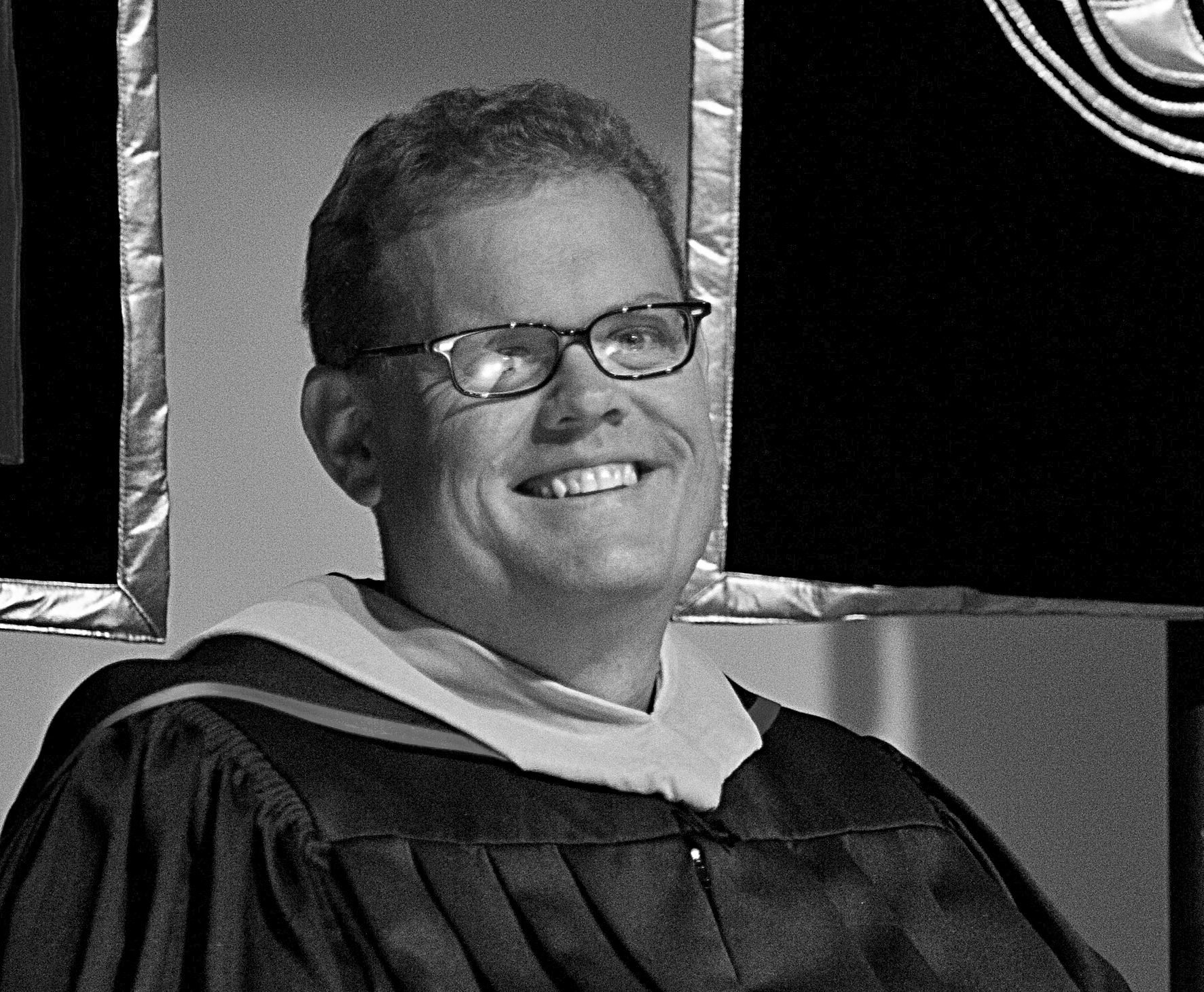The results of the controversial vote on contingent faculty unionization at Pacific Lutheran University remain uncounted but not forgotten.
Contingent faculty member Jane Harty, a senior lecturer of music, said the PLU administration submitted an appeal to the National Labor
Relations Board (NLRB) in September, and so the votes cannot be tallied until the NLRB can review the appeal.
She also said the NLRB issued a call for a variety of amicus curiae briefs at the end of February that critique and defend the unionization efforts to aid in its review of the appeal.
An amicus brief is a statement of particular views on the subject matter of a lawsuit and are often filed in cases involving public-interest matters.
The briefs for PLU’s case are available at http://www.nlrb.gov by going to “Cases & Decisions” and searching “Pacific Lutheran University.”
“It’s fascinating reading,” Harty said, who supports the unionization efforts. “They’re briefs from all over the country.”
Donna Gibbs, vice president of marketing and communications, said the PLU administration is concerned about losing its culture of collaboration with and among faculty.
“If the union succeeds, our faculty will be legally divided into two separate groups,” Gibbs said. “Dividing the faculty will weaken the shared governance system we cherish at PLU.”
She said PLU believes the NLRB does not have jurisdiction over the university based on legal precedence involving other religiously affiliated colleges and universities. Further, she stated full-time contingent faculty members should not be included in the bargaining unit.
These two factors constitute the base of PLU’s appeal to the NLRB.
Harty said the NLRB wanted other opinions about the religious issue and if the union could include full-time contingent faculty, hence the amicus briefs. The latter is particularly significant because of the NLRB v. Yeshiva University Supreme Court case of 1980, which stated full-time faculty at universities are not allowed to unionize.
“This issue of including full-time faculty,” Harty said, “if the NLRB rules that we can do that — and it looks like they are poised to do so — that would open a whole can of worms.”
The ruling could open the possibility of including not only part-time and full-time contingent faculty, but also tenured professors.
“It could be appealed to the Supreme Court,” Harty said. “This could be a very famous case.”
Kirsten Christensen, an associate professor of German, is tenured and said she supports unionization.
“We wanted faculty to have the right to vote. They voted,” Christensen said. “But an election is meaningless unless the ballots are counted.”
Christensen also said that for the election to occur in the first place, 30 percent of the eligible employees had to be interested in unionizing.
“At least a third of our contingent faculty here are unhappy enough with the way things are happening and the way that they are listened to — or not listened to,” Christensen said, “that they thought a union was a better approach.”
Harty said communication with the administration is necessary but is not happening.
“It would be a miracle if our administration would allow us to form a union without continuing to push this through legal channels,” Harty said. “Contingent faculty never wanted this to be a conflicted situation, but we feel our administration just never wanted to talk to us about it.”
Christensen said a lot of things need to change and that a union is a possible route to such change. “There’s no question that the faculty governance system as it is does not adequately represent or respond to contingent faculty,” she said.
Finances have been another point of contention throughout this process.
“I participated in the student debt program,” Harty said, “and those students are beginning to see that the contingent faculty issue and the student debt crisis are linked nationwide.” For more details on the student debt program, see “Student Debt: what it is and what you can do” on page four of this week’s Mast.
“What we’re seeing is that we’re all poor,” Harty said.
Gibbs disagreed, saying the unionization could actually provide more financial burdens than gains.
“We [the administration] also believe union dues and fees would be very real costs to our contingent faculty,” Gibbs said, “and would work against our current efforts to improve faculty compensation while keeping the cost of higher education affordable for our families.”
Harty said Service Employee International Union (SEIU) has paid all the costs for the unionization campaign and that they have received the “Cadillac treatment.” Both she and Christensen questioned how PLU is paying for the legal processes that have held up the counting of the vote, however.
“We need to hear what they chose,” Christensen said. “I’m dismayed that our institution would choose to fight it, both on the principle of the thing, but also financially speaking.”
She said she wasn’t sure if PLU was using part of its budget or another source.
“It would be nice to know where that [money] is coming from,” Christensen said. “If it’s from a private donor that would also be useful to know.”
Both sides are awaiting a final ruling from the NLRB, but it could be days or years before the ruling may come to pass.
For a more complete history of the contingent faculty unionization efforts, see the front page of the Sept. 20 edition of The Mast here.



















